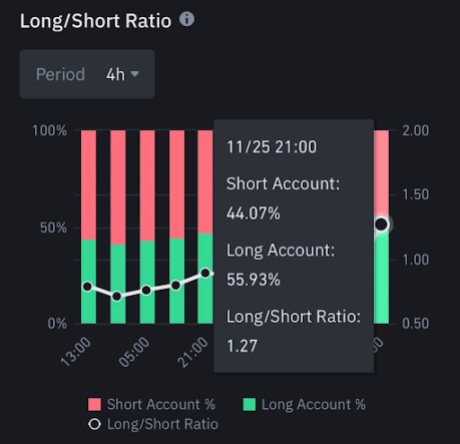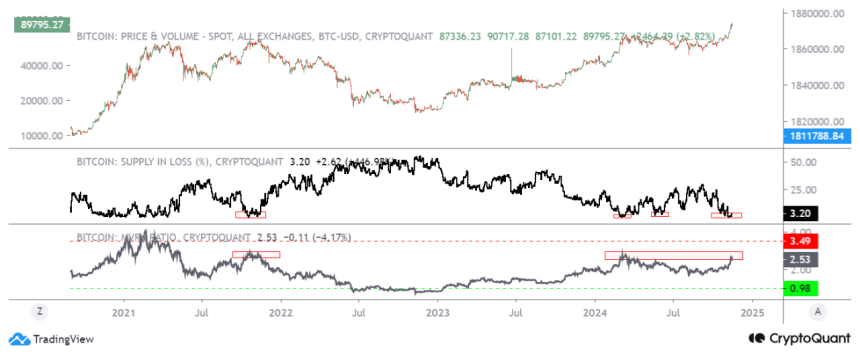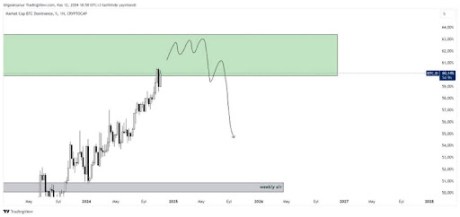
- Impermanent Loss is a risk that liquidity providers encounter when participating in DeFi protocols.
- Impermanent losses arise due to the dynamic price movements of the assets in the liquidity pool.
- The term impermanent can be misleading, as these losses might not recover over time and even lead to permanent losses.
In a recent tweet, Changpeng Zhao, also known as CZ and the CEO of Binance, the world’s largest cryptocurrency exchange, issued a cautionary reminder to the crypto community regarding the potential risks associated with certain aspects of the market, the term “Impermanent Loss.” Let’s explore what it means for DeFi investors and how it impacts traders.
Unpopular x:
"Impermanent loss" is usually "permanent loss". Don't let a term fool you.
And "stable" coins… are not always stable.
Learn risk management. Stay #SAFU.
— CZBinance (@cz_binance) July 25, 2023
In the world of decentralized finance (DeFi), “Impermanent Loss” has become a buzzword, causing concern among crypto investors. Also it refers to a phenomenon that liquidity providers may encounter when participating in liquidity pools on decentralized exchanges.
Impermanent loss occurs when providing liquidity to automated market maker (AMM) protocols, and it arises due to the dynamic price movements of the assets in the pool. Typically involving a cryptocurrency and a stablecoin like USDC, impermanent loss emerges when the cryptocurrency’s price depreciates compared to the stablecoin.
As a result, the trader experiences a loss due to the disparity in cryptocurrencies prices, which is commonly referred to as impermanent loss. Also, investors should not be fooled by the term “impermanent,” as these losses might not recover over time. And in some cases, they could lead to significant “long-term losses”.
What is Impermanent Loss in DeFi?
In DeFi, liquidity providers deposit funds into a liquidity pool, which serves as a market for trading specific asset pairs. By doing so, they help facilitate trades and maintain liquidity for the platform.
When the price of the assets in the liquidity pool changes, the pool’s value in terms of both assets may shift. If one asset’s price outperforms the other, the pool’s composition changes. Resulting in a difference in the total value of the deposited assets.
If the liquidity provider decides to withdraw their funds from the pool at this point, they may face a situation where the value of their assets is lower than if they had simply held those assets without providing liquidity. This difference in value is known as “Impermanent Loss.”
The term “Impermanent” might be misleading, as this can indeed become “Permanent.” If the liquidity provider withdraws their funds while the pool is experiencing a significant divergence in asset prices.
Further, Impermanent Loss is a risk that liquidity providers must be aware of. It is more prevalent in volatile markets, and the degree of loss depends on the extent of asset price fluctuations.




